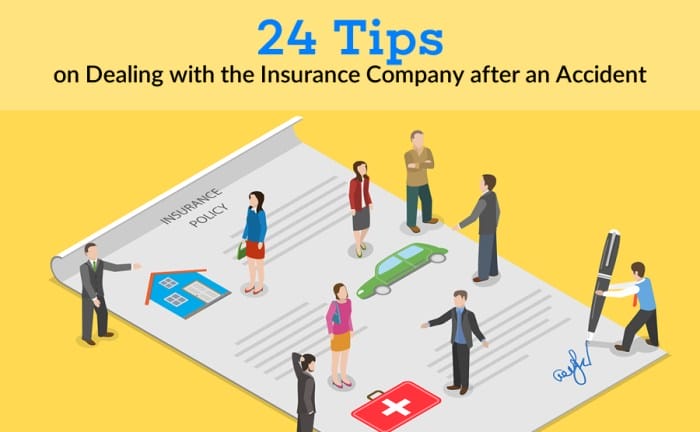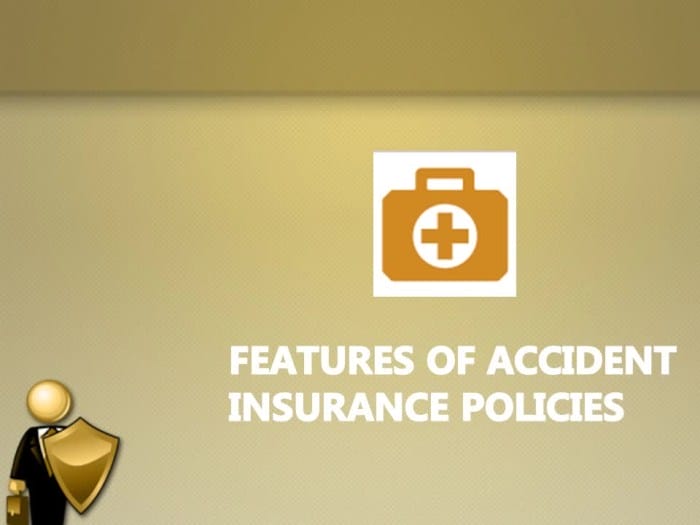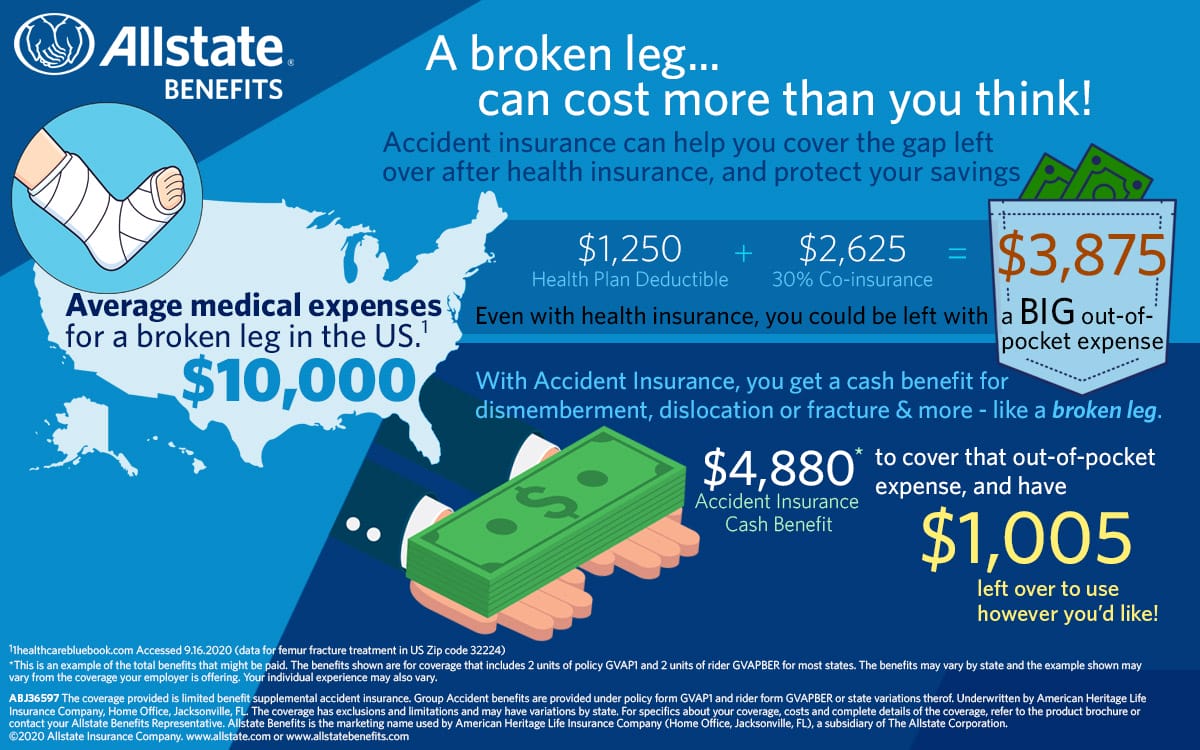With millions of vehicles traversing our roads daily, accidents are an unfortunate reality. The Insurance Information Institute (III) has dedicated itself to providing invaluable accident tips to empower drivers with the knowledge and skills to prevent and mitigate road mishaps.
Join us as we delve into the realm of road safety, exploring practical strategies to navigate hazards, enhance preparedness, and ensure a safer driving experience for all.
Our comprehensive guide covers a wide range of topics, from common types of accidents and their contributing factors to essential accident preparedness measures. We’ll delve into safe driving practices, including defensive driving techniques, adverse weather considerations, and the perils of driving under the influence.
We’ll also provide expert guidance on accident scene management, insurance claims processes, and road safety initiatives aimed at reducing accidents.
Accident Preparedness

Proactively preparing for emergencies on the road can significantly enhance your safety and the well-being of your passengers. Taking steps to maintain a safe vehicle and equip it with an emergency kit can provide peace of mind and equip you to handle unforeseen situations.
Vehicle Maintenance and Safety Features:
- Regular maintenance is essential for keeping your vehicle in top condition. Routine check-ups and repairs can identify and address potential issues before they escalate into significant problems.
- Proper tire care is crucial for maintaining control and stability while driving. Regularly check tire pressure and tread depth to ensure they meet recommended standards. Consider investing in high-quality tires designed for your specific vehicle and driving conditions.
- Ensure that all safety features in your vehicle are functioning properly. This includes seatbelts, airbags, anti-lock brakes, and traction control systems. Familiarize yourself with these features and their operation to maximize their effectiveness.
Emergency Kit for Your Vehicle:
Assembling an emergency kit for your vehicle can provide essential supplies and tools in the event of an accident or unexpected situation.
- First Aid Kit: Keep a well-stocked first aid kit in your vehicle, containing bandages, antiseptic wipes, pain relievers, and other essential medical supplies.
- Flashlight and Batteries: Include a flashlight with extra batteries to provide illumination during emergencies. This can be particularly useful in low-light conditions or at night.
- Jumper Cables: Jumper cables are essential for jump-starting a dead battery. Ensure they are properly rated for your vehicle’s battery size.
- Reflective Vest or Flares: Keep a reflective vest or flares in your kit to increase visibility and alert other drivers of your presence in case of an emergency.
- Non-Perishable Food and Water: Pack non-perishable food items and bottled water in your kit to sustain yourself during emergencies.
Safe Driving Practices

Engaging in safe driving practices is crucial for reducing the risk of accidents and ensuring the well-being of oneself and others on the road. These practices encompass defensive driving techniques, responsible behavior in adverse weather conditions, and avoiding driving under the influence of substances.
Defensive Driving Techniques
Defensive driving involves anticipating and responding to potential hazards on the road. Some key techniques include:
- Maintain a Safe Following Distance: Leave ample space between your vehicle and the one in front to allow sufficient time for reaction and braking.
- Avoid Distractions: Keep your attention focused on driving, avoiding distractions such as cell phone use, eating, or excessive conversation.
- Obey Traffic Laws: Adhere to speed limits, stop signs, and other traffic regulations, as they are in place for the safety of all road users.
Driving in Adverse Weather Conditions
Inclement weather can significantly impact driving conditions. Here are some tips for safe driving in adverse weather:
- Rain: Reduce speed, increase following distance, and use windshield wipers to maintain visibility.
- Fog: Slow down, use low-beam headlights, and be prepared for sudden changes in visibility.
- Snow: Install winter tires, clear snow and ice from your vehicle, and drive slowly and cautiously.
Avoiding Driving Under the Influence
Driving under the influence of alcohol or drugs is a serious offense and poses a grave risk to oneself and others. It is essential to:
- Never Drive Impaired: Refrain from driving after consuming alcohol or taking medication that may impair your driving ability.
- Plan Ahead: Arrange for a designated driver, ride-sharing service, or public transportation if you plan to consume alcohol or medication.
- Report Impaired Drivers: If you witness someone driving erratically, report it to the authorities immediately.
Accident Scene Management

In the unfortunate event of a car accident, it’s crucial to know the steps to take immediately to ensure the safety of all parties involved and protect your rights. This includes checking for injuries, contacting emergency services, securing the accident scene, and exchanging information with other drivers.
Checking for Injuries
The first priority after an accident is to check yourself and any passengers in your vehicle for injuries. If you or someone else is injured, call emergency services immediately. Even if injuries appear minor, it’s important to seek medical attention as soon as possible.
Securing the Accident Scene
Once you’ve checked for injuries, take steps to secure the accident scene. This includes turning on your hazard lights, pulling over to the side of the road if possible, and setting up flares or warning signs to alert other drivers.
If the accident is blocking traffic, you may need to direct traffic around the scene.
Exchanging Information
After the scene is secure, exchange information with the other drivers involved in the accident. This includes names, contact information, insurance details, and license plate numbers. It’s also important to take photos of the accident scene, including damage to vehicles and any injuries.
Filing an Accident Report
You are legally required to file an accident report with the appropriate authorities, typically the police. The police will investigate the accident and create a report that can be used by insurance companies and other parties involved.
Preventing Accidents in Specific Situations

While practicing safe driving habits is essential, it’s also crucial to be prepared for specific situations that may arise on the road. By understanding the potential hazards and taking appropriate precautions, you can significantly reduce the risk of accidents.
Construction Zones
Construction zones often present unique challenges for drivers. Be prepared for sudden lane closures, detours, and uneven road surfaces. Reduce your speed, pay attention to signs and signals, and be extra cautious when driving through these areas.
School Zones
School zones require heightened awareness and caution, especially during school hours. Be mindful of children crossing the street, waiting at bus stops, or playing near the school. Obey the reduced speed limits and be prepared to stop suddenly if necessary.
Parking Lots
Parking lots can be congested and chaotic, especially during peak hours. Be patient and yield to pedestrians and other vehicles. Look out for obstacles like parked cars, pillars, and shopping carts. Always use your turn signals and be aware of blind spots.
Emergencies on the Road
Even the most experienced drivers may encounter emergencies on the road. Knowing how to handle these situations can help prevent accidents and keep you safe.
- Tire Blowout: If you experience a tire blowout, stay calm and maintain control of your vehicle. Gradually reduce your speed, signal to other drivers, and pull over to the side of the road in a safe location.
- Sudden Mechanical Failure: If you experience a sudden mechanical failure, such as a brake or steering problem, turn on your hazard lights and try to pull over to the side of the road. If possible, call for assistance or signal to other drivers for help.
Road Safety Education and Awareness

Road safety education and awareness programs are essential for promoting safe driving practices and reducing accidents. These programs aim to equip drivers of all ages with the knowledge, skills, and attitudes necessary to make informed decisions on the road and minimize the risk of accidents.
Schools, driving schools, and community organizations play a vital role in delivering road safety education. Schools can incorporate road safety lessons into their curriculum, teaching students about traffic rules, road signs, and safe driving practices. Driving schools provide hands-on training and guidance to new drivers, helping them develop the necessary skills and confidence to navigate the roads safely.
Community Involvement
Community organizations can also contribute to road safety education by organizing awareness campaigns, workshops, and events that promote safe driving practices. These initiatives can help raise awareness about the importance of road safety, encourage responsible driving behavior, and foster a culture of safety on the roads.
Parents and Caregivers
Parents and caregivers also have a significant role in teaching children about road safety. They can start by setting a good example by always following traffic rules and demonstrating safe driving practices. They can also talk to their children about the importance of road safety, teach them about traffic signs and signals, and encourage them to be responsible pedestrians and cyclists.
Final Conclusion

As we conclude our exploration of the Insurance Information Institute’s accident tips, remember that road safety is a shared responsibility. By embracing these valuable insights and incorporating them into our driving habits, we can collectively create a safer environment for ourselves and our fellow road users.
Together, let’s strive to make every journey a safe one.
Helpful Answers
What is the significance of accident tips in preventing road accidents?
Accident tips serve as invaluable guidance to drivers, empowering them with the knowledge and skills to recognize and avoid potential hazards, thereby reducing the likelihood of accidents and minimizing their impact.
What are some common types of road accidents and their contributing factors?
Common types of road accidents include collisions, rollovers, and pedestrian accidents. Contributing factors may include speeding, distracted driving, impaired driving, adverse weather conditions, and vehicle malfunctions.
What are some essential accident preparedness measures?
Maintaining a safe vehicle, preparing an emergency kit, and practicing defensive driving techniques are crucial accident preparedness measures. Regular vehicle maintenance, proper tire care, and functioning safety features contribute to a safer driving experience.
How can I prevent accidents in specific situations, such as construction zones or school zones?
When driving in specific situations like construction zones or school zones, it’s essential to be aware of potential hazards, obey posted speed limits, and exercise extra caution. Yielding to pedestrians and cyclists, maintaining a safe following distance, and avoiding distractions are key to preventing accidents.
What role do road safety campaigns and initiatives play in reducing accidents?
Road safety campaigns and initiatives play a vital role in raising awareness about road safety, promoting responsible driving behaviors, and advocating for safer road infrastructure. These campaigns often involve collaboration between government agencies, non-profit organizations, and the insurance industry, aiming to reduce accidents and save lives.



